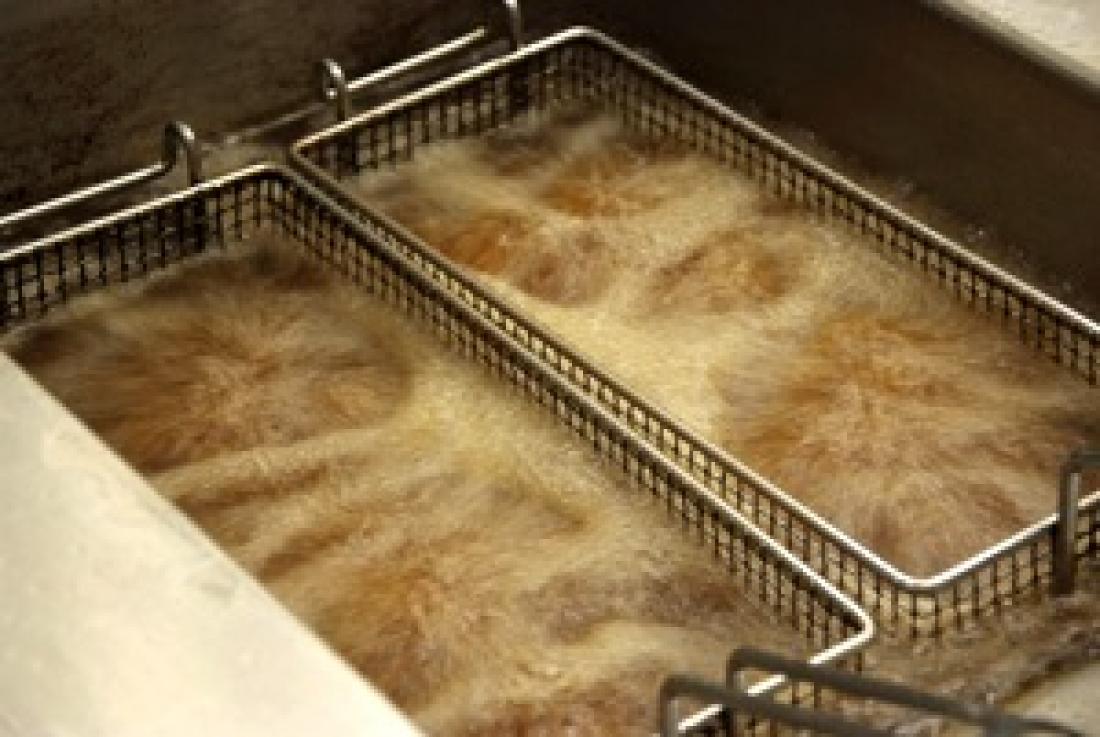Biodiesel is a promising future fuel, particularly because it can be made from a wide variety of renewable sources such as crude vegetable oils and waste fats produced by commercial kitchens. Conventional chemical processes for producing biodiesel, however, require pure and refined feedstock oils, thus negating any potential advantages. To get around this problem, Md. Mahabubur Rahman Talukder and co-workers at the A*STAR Institute of Chemical and Engineering Sciences[1] have developed a two-step biocatalytic process that works well on all sorts of oils—whether they are refined or not.
Making biodiesel involves breaking down vegetable oils through a reaction with methanol. Although some researchers have tried to use enzymes to catalyze this reaction, their efforts have seen little success because enzymes are deactivated when exposed to droplets of methanol. Various strategies have been developed to overcome this problem—such as the gradual addition of methanol over time—but none have proven suitable for industrial production.
Talukder’s approach involves splitting the process of biodiesel production into two separate steps. The first step involves hydrolyzing the oil, for which the researchers use a lipase enzyme called Candida rugosa. Vegetable oils consist of branched molecules known as triglycerides, which have three separate arms. Hydrolysis involves splitting off the arms so that each triglyceride is converted into three molecules of fatty acid.
The second step involves reacting the fatty acids with methanol to produce biodiesel. This step requires Novozym 435, an enzyme that is normally deactivated by methanol droplets. However, because methanol is much more soluble in fatty acids than in the triglyceride, all methanol added at this stage is dissolved in the fatty acids. Thus, because no methanol droplets form, the enzyme remains active.
“Avoiding enzyme deactivation is not the only advantage of our technique. The reaction between methanol and fatty acid progresses faster than the methanolysis of triglycerides,” says Talukder. “However, the key advantage is the feedstock flexibility.” In conventional chemical biodiesel production, impurities reduce the yield. This new approach, however, can accept feedstocks with any percentage of free fatty acids and water.
Talukder aims to make the process cheaper so that it can compete with chemical biodiesel production. “The lipase cost is one of the biggest challenges for the commercialization of the two-step process,” he says. “A low-cost lipase preparation technique is under consideration to improve the economic value of the process.” If successful, the technology could greatly help the environment and reduce the cost of fuel.
The A*STAR-affiliated researchers contributing to this research are from the Institute of Chemical and Engineering Sciences



